Chinese Giant Salamander (Andrias davidianus) is world's largest living amphibian, with average adult lengths of 3.77 feet (1.15 meters) and to weight ranges of 55 to 66 pounds (25 to 30 kilograms).
Shanghai Ocean Aquarium (SOA), No.1388 Lujiazui Ring Road, Pudong New Area, Shanghai, East China: J. Patrick Fischer, CC BY SA 3.0, via Wikimedia Commons @ https://commons.wikimedia.org/wiki/File:2009_Andrias_davidianus.JPG
fossil of Chinese Giant Salamander's lookalike, extinct Andrias scheuchzeri
Andrias scheuchzeri is known only from fossils that date the giant salamander to Oligocene (about 33.9 million to 23 million years BP [before present]) and Pliocene (about 5.333 million to 2.58 million years BP).
Staatliches Museum für Naturkunde Karlsruhe, Baden-Württemberg state, southwest Germany; Tuesday, Jan. 5, 2010, 11:36: H. Zell, CC BY SA 3.0, via Wikimedia Commons @ https://commons.wikimedia.org/wiki/File:Andrias_scheuchzeri_01.jpg
Chinese Giant Salamanders are considered culinary delicacies.
two Andrias davidianus in restaurant in east central coastal province of Zhejiang
Wenzhou, southeastern Zhejiang province, east central coastal China; Thursday, Feb. 7, 2013, 13:20: Micromesistius, CC BY SA 3.0, via Wikimedia Commons @ https://commons.wikimedia.org/wiki/File:Andrias_davidianus_Hongqiaozhen.jpg
"200-year-old Giant salamander found alive in China" (0:55)
Uploaded December 15, 2015, by Sploid to YouTube ~ URL: https://www.youtube.com/watch?v=sCMZGPcRSOQ
Extant Chinese Giant Salamander and extinct Andrias scheuchzeri are considered as lookalikes and sometimes as synonymous.
restoration of Andrias scheuchzeri: FunkMonk (Michael B. H.), CC BY SA 3.0, via Wikimedia Commons @ https://commons.wikimedia.org/wiki/File:Andrias.jpg
The Chinese Giant Salamander usually has a sit-and-wait strategy for attacking prey that approach face-to-face.
The world's largest living amphibian, however, also engages in sideways attacks by biting with one side of its mouth.
closeup of head of Chinese Giant Salamander (Andrias davidianus): Egon Heiss, CC BY 4.0, via EurekAlert! @ https://www.eurekalert.org/news-releases/532555


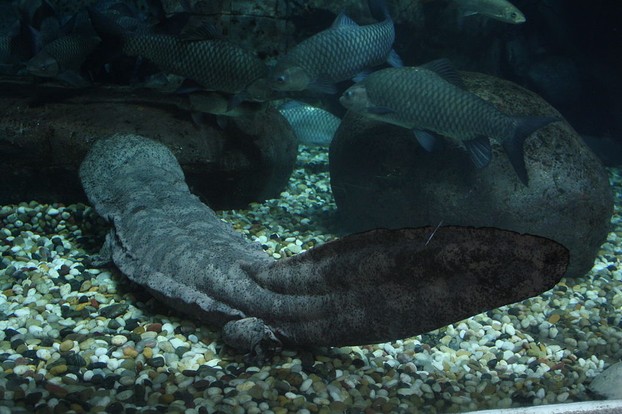
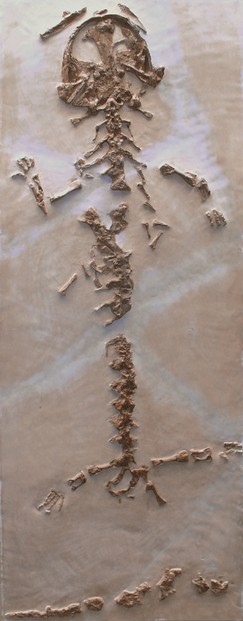
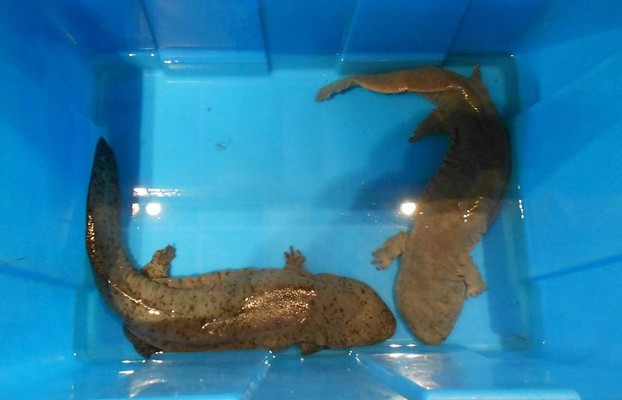
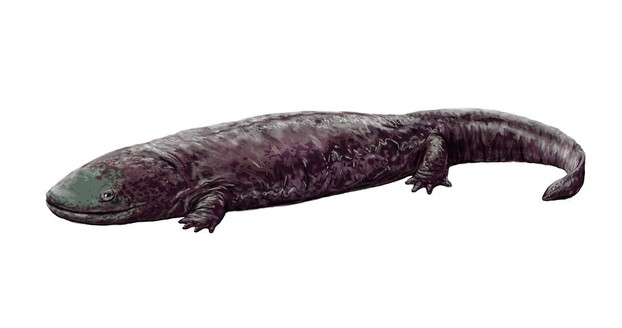
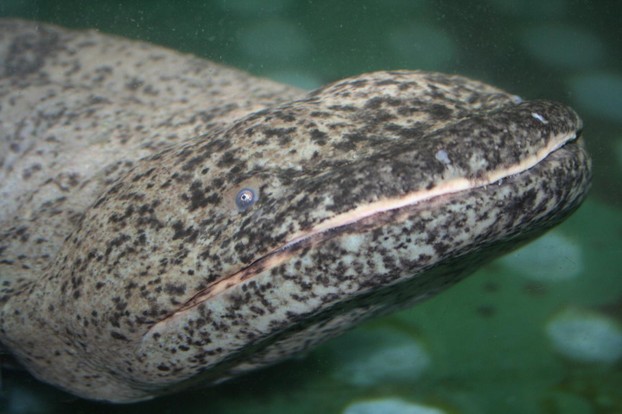



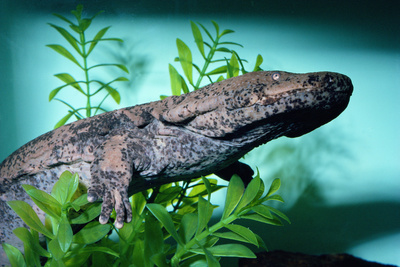

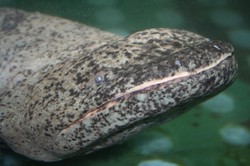

 Are Hawaiian Huakai Po Nightmarchers Avenging Halloween Thursday?on 10/02/2024
Are Hawaiian Huakai Po Nightmarchers Avenging Halloween Thursday?on 10/02/2024
 Mailing Addresses for 2023 Form 4868 Extending 1040 and 1040SR April 15, 2024, Due Dateon 04/15/2024
Mailing Addresses for 2023 Form 4868 Extending 1040 and 1040SR April 15, 2024, Due Dateon 04/15/2024
 Mailing Addresses for 2023 Forms 1040 and 1040SR Filed in 2024on 04/15/2024
Mailing Addresses for 2023 Forms 1040 and 1040SR Filed in 2024on 04/15/2024
 Mailing Addresses for 2022 Form 4868 Extending 1040 and 1040SR April 18, 2023, Due Dateon 04/13/2023
Mailing Addresses for 2022 Form 4868 Extending 1040 and 1040SR April 18, 2023, Due Dateon 04/13/2023

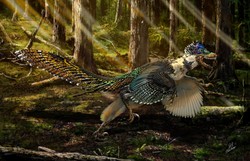
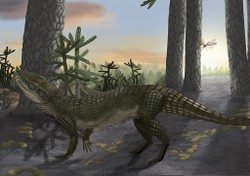
Comments
Diet acts negatively or positively in aging.
The aged Chinese giant salamander appreciates amphibians, crabs, fish, insects and shrimp.
Isn't it interesting to investigate the age, the gender, the health and the species of their afore-indicated ingestings?
Margielynn, It's unfortunate that the giant salamander's discoverer, fisherman Wang Yong, stepped on his discovery. It's fortunate for him that the discovery was neither dangerous nor vindictive and that he brought the specimen to the attention of those who could alleviate the giant salamander's pain, prolong its life and share its existence with the world.
DerdriuMarriner What an amazing article, enjoyed reading and learning!
Tolovaj, A meeting with a Chinese giant salamander definitely qualifies as an encounter of the unforgettable kind!
It's nice to know that you're already familiar with Karel Capek, whose writings delight the imagination and stand the test of time.
Wow! I suppose a close encounter with one of these creatures burns into your memory forever. I remember reading Capek's book, mentioned above, and it was delightful - loaded with action and humor. I cordially recommend it:)
frankbeswick, Yes, with the growth particularly being focused on regeneration of completely or partly damaged or missing parts.
Mira, Yes, that's amazing, and it's also true about the Eastern box turtles in my back yard! ;-)
If salamanders have ring like growth patterns in their bones, does their size continually increase with age as new rings are added?
They do? Wow, how amazing!
Mira, Nobody is explaining how the age was arrived at, although salamanders have tree-ringlike growth rings in their bones. Thank you for the welcome back!